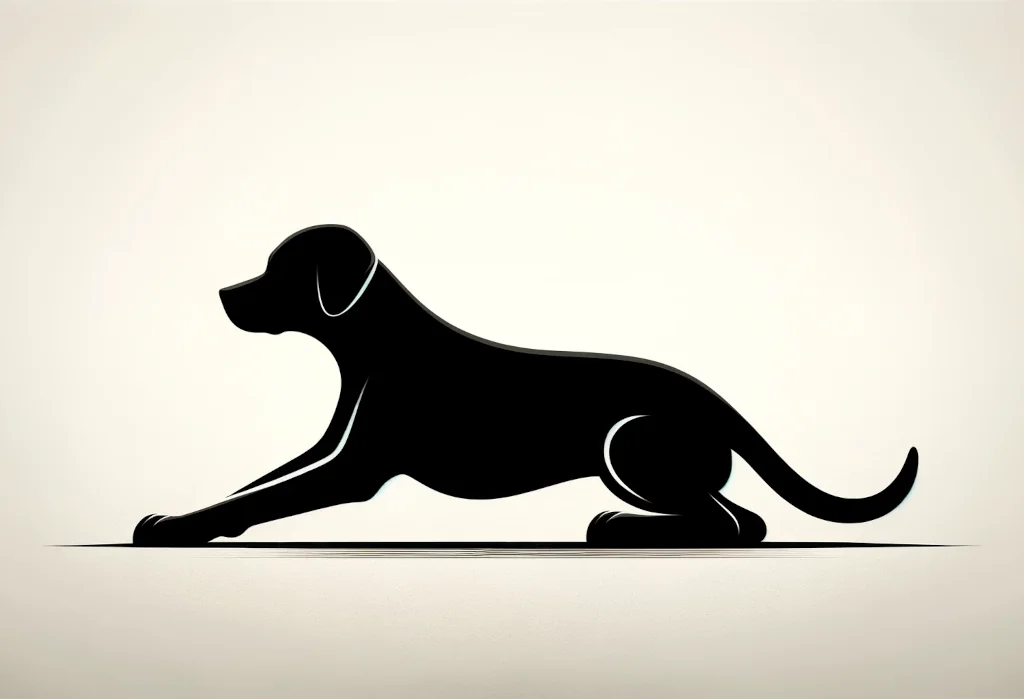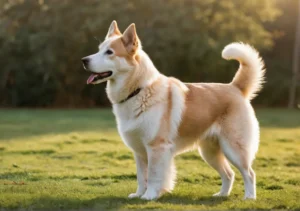Let’s face it, watching videos of dogs commando-crawling under fences and through the grass has sent us all into a cuteness overload at one point or another. You’re likely here because you want to turn those adorable video moments into reality with your own four-legged comrade, but you’re not quite sure where to start.
In this post, you’ll discover a step-by-step guide that will have your pup belly-crawling like a pro in no time.
Key takeaways:
- Use a soft surface for comfort and define a “crawl zone” to expedite your dog’s learning of the crawl command.
- Encourage with treats and praise to motivate crawling, keeping training sessions frequent but brief for sustained interest.
- Avoid rushing, stay patient, and tailor your approach to your dog’s unique pace and learning style for effective training outcomes.
Why Teach Your Dog to Crawl?
Teaching your furry friend to crawl isn’t just a nifty party trick; it’s packed with perks for both you and your pooch!
Imagine the “oohs” and “aahs” as your dog showcases this cool new move. But the benefits run deeper: it’s a brain workout for your buddy, challenging them mentally and keeping boredom at bay. Plus, it’s a great form of physical exercise, strengthening their muscles without putting too much stress on their joints.
Crawling can even come in handy in real life, like sneaking under low obstacles during an adventure hike or emergency situations. But perhaps the best part? It’s a fabulous way to strengthen the bond between you two, as you work as a team and enjoy quality time together.
What Should You Know Before Starting?
Before you dive into the crawl training, your doggo should have the basics nailed down. We’re talking sit, stay, and lie down – these commands are the bread and butter of obedience training and provide a solid foundation. Remember, patience is your best friend, and consistency is key to success. Dogs thrive on routine, so keep your training sessions short, sweet, and regular.
How Do You Prepare Your Dog for Crawling?
First things first, scout out a chill spot for training – somewhere quiet with few distractions. This will help your pup focus on the task at hand without their attention wandering off. Always have a stash of their favorite treats within reach, because let’s face it, a little incentive goes a long way to get those paws moving.
To set your dog up for success, you’ll want to get the ball rolling with some warm-up commands they know by heart. These initial successes boost their confidence before you introduce something new. Remember, it’s all about creating a positive vibe where your dog feels comfy and eager to learn.
And here’s a special tip: try using a soft mat or carpet for the crawling sessions. Not only does this protect your dog’s elbows and knees, but it also gives them a clear physical boundary for the “crawl zone.” This simple trick, often overlooked, is a game-changer that can make learning the crawl command a breeze for your dog.
Stay tuned for more tips on making your pup the crawling champ of the neighborhood!
What’s the Best Way to Start Training ‘Crawl’?
Starting off on the right paw is critical when teaching your furry friend the ‘crawl’ command. First things first, create a positive learning environment. Find a quiet spot with few distractions— after all, you want your pup’s attention solely on you and the task at hand.
Here’s a step-by-step approach to get your dog started:
- Get down to their level: Sit on the ground with your dog in a relaxed, prone position (lying down on their belly).
- Lure with treats: Using their favorite treat, hold it close to your dog’s nose and then move it slowly towards the ground and away from them, so they feel compelled to follow it with their body moving forward.
- Introduce the command: As they start to move, say “crawl” in a clear, encouraging tone. The instant they move even slightly without standing up, reward them with the treat.
- Incremental progress: Don’t expect a full crawl right away. Celebrate and reward even small movements in the beginning.
- Repeat: Consistency is key to reinforcement. Repeat this exercise in short but frequent sessions.
Remember, if your dog ain’t having a ball, then you’re not doing it right. Keep it fun, keep it light, and use those treats like a charm!
How Can You Keep Your Dog Motivated to Learn?
Nobody likes a dull lesson, dogs included. Keeping your pooch psyched about learning is a big part of successful training. Here’s how you can keep the tail wagging during training sessions:
- Praise often: Who doesn’t love a good “Attaboy!” or “Good girl!”? Heap on the praise and make them feel like they’ve just won the lottery every time they make a move to crawl.
- Keep sessions short and sweet: Dogs, much like toddlers, can only keep up with so much at a time. A solid 5 to 10 minutes of practice a few times a day is plenty.
- Diversify the rewards: Treats are great, but mixing in some playtime, petting, or a favorite toy after a successful crawl can spice things up.
- Switch up the scene: Vary your training spots to keep the stimulation high. Your dog will learn to generalize the command, not just associate it with a specific place.
Remember, if you’re not having fun, chances are your dog isn’t either. Keep the vibe upbeat, and your dog will be eager to please.
What Are Some Common Mistakes to Avoid?
As in any training endeavor, there are pitfalls to dodge. Let’s tackle a few and make sure you’re on the straight and narrow:
- Rushing the process: Expect progress, not perfection. Don’t be disappointed if your dog doesn’t master crawling in the first few tries. Patience, grasshopper.
- Showing frustration: Dogs are masters of reading our emotions. If you’re getting worked up, take a breather. Training should be a stress-reliever, not a stress-inducer.
An often overlooked but golden nugget of advice is to ensure your dog is physically comfortable during training. Some surfaces can be rough on their bellies and joints. Try a yoga mat or carpet to provide some padding. This unique tip can make a surprising difference in how quickly your dog takes to crawling – comfort is key!
Remember, every dog is different; what works like a charm for one might not be as effective for another. Tailor your approach, keep at it, and pretty soon, you’ll have a crawling companion to brag about!
Alex, a passionate animal lover, has experience in training and understanding animal behavior. As a proud pet parent to two dogs and three cats, he founded AnimalReport.net to share insights from animal experts and expand his knowledge of the animal kingdom.





